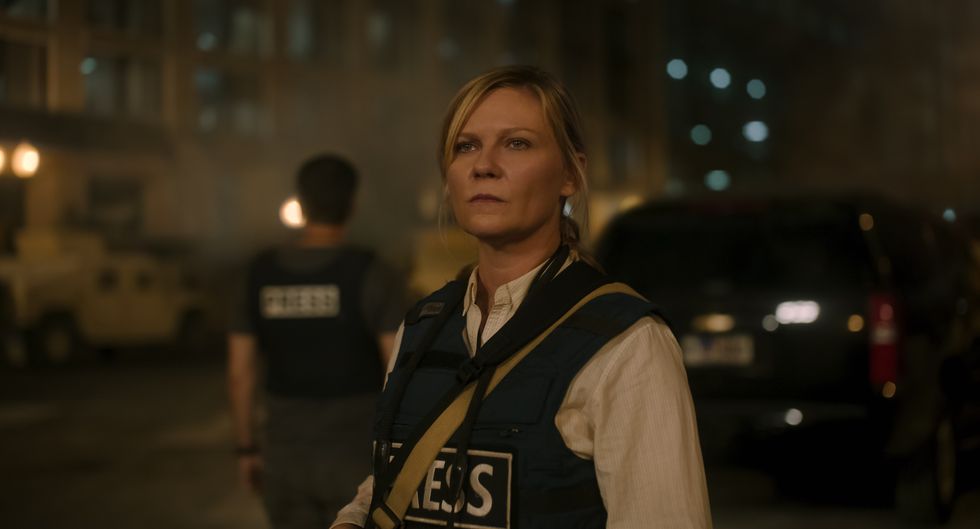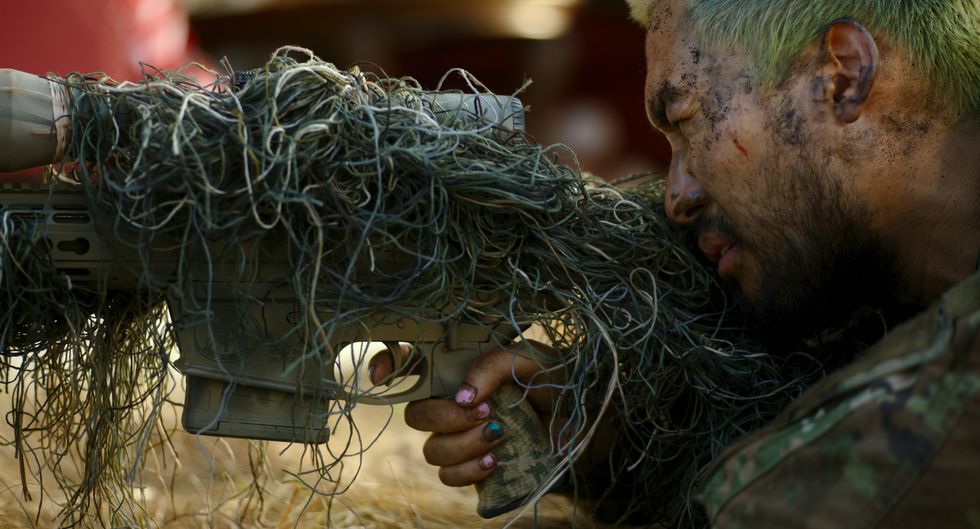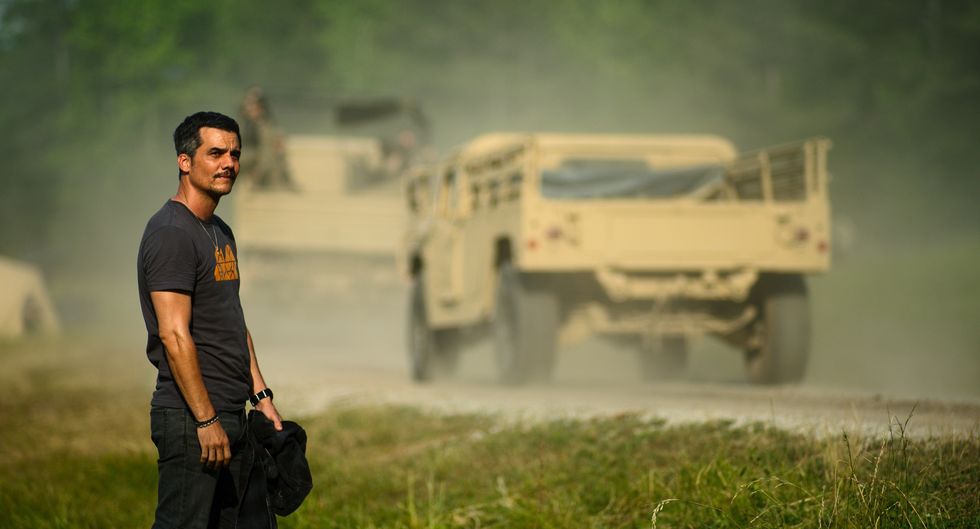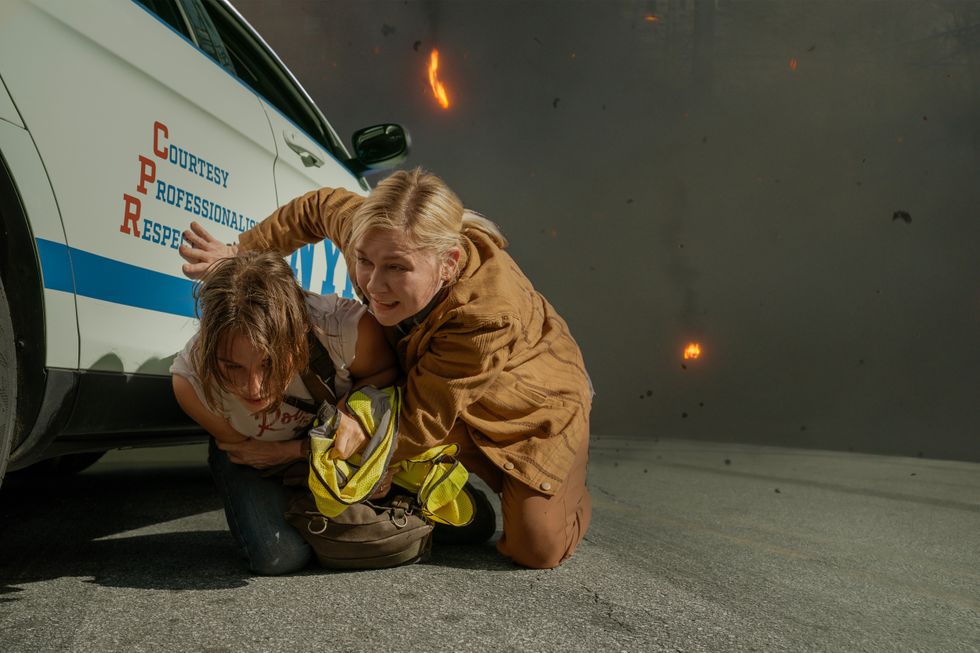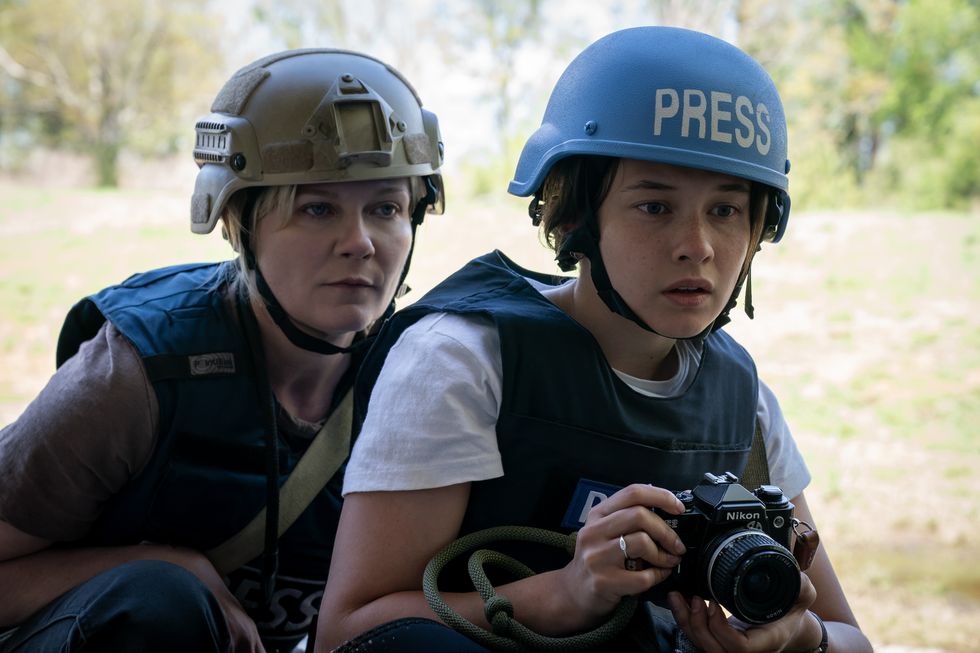The Fate of a Short-Form Miniseries, from Doomed to Netflix
So you want to make a miniseries? Be forewarned: it's no easy ride, according to this case study.
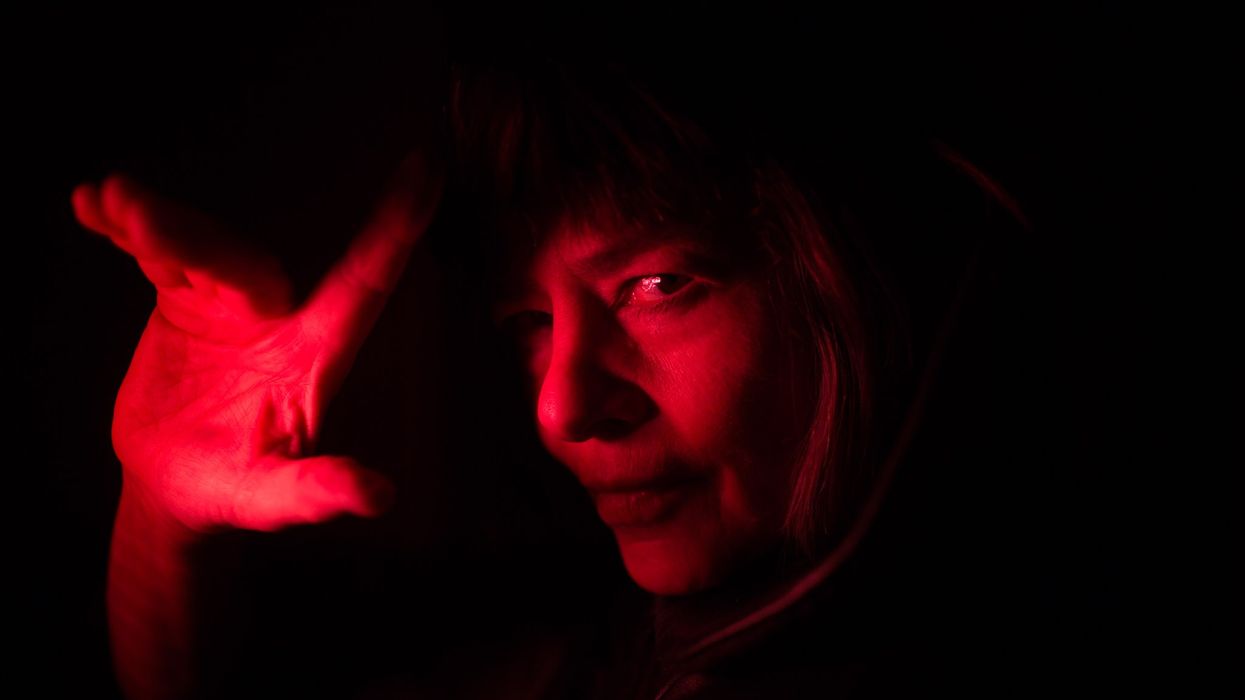
When Nick Fitzhugh set out to film a miniseries about the conflict behind combat, he had no idea the process would prove nearly as serpentine as the subject itself. Comprised of merely six episodes at seven minutes each, the compelling documentary on war photographers struggled to find a distribution venue. Though enthralled with the series, networks played hot potato, testing Fitzhugh's adaptability and patience. Now, four years after the spec shoot, Conflict is finally streaming on Netflix.
False starts
To go back down the rabbit hole, we must begin at the birthplace of all content: the pitch. Fitzhugh wanted his series to "be an incredible lens through which to examine the different types of conflict that plague our society and get really close with them," he said, "and to create a way for the public to get so close that it's impossible to look away."
Armed with one episode shot on spec, Fitzhugh shopped his series around town to no avail. "All the various networks loved it, and it was a very useful door opener," Fitzhugh told No Film School. "But everybody basically said, 'This is great, and please come back to us with anything else, but it's just not a fit for us right now.'"
National Geographic was the first to bite—albeit, two years later, and with a caveat. According to Fitzhugh, "Their response was, 'We love this, but could it be a 30 or 60-minute show? We're not really doing short form series.'" For Fitzhugh, this was somewhat according to plan: he had hoped to start with a digital miniseries in order to dovetail into a longer series for television. But just as the team was preparing to go into production for the long-form version of Conflict, National Geographic changed its mind. "They decided that they wanted to start with the digital shorts anyway, just because those would be less expensive."

A product without a home
Because Fitzhugh had not been sitting idly during this prolonged phase of development, he was inordinately prepared for the shoot. "While annoying in some ways, the lead time was very productive in others, because over that time, I had developed really close friendships with many more war photographers, and that was instrumental in securing the additional subjects," Fitzhugh said. "These people are literally some of the best of the best."
"We were going to very personal, very powerful, difficult places with these people, emotionally," Fitzhugh continued, reiterating that the time spent in development purgatory served to bolster trust in his subjects.
Conflict was shot over the course of six months. National Geographic handed Fitzhugh total creative control to "compare and to contrast different types of conflicts," he said, "and to challenge the idea that conflict is war and only war. It also can be domestic violence or rape or prison or border issues or drug gangs."
Just days before Conflict was scheduled to air, National Geographic entered into a joint venture with Fox, and the project was put on ice.
Fitzhugh wore many hats throughout the production: he produced the first and last episodes and acted as showrunner, sometimes even operating the camera himself. (They shot on an Amira, 5D, 7D, Sony F55, and Red Epic.) "I was very involved in the whole process, but I really wanted creative collaborators that I respected, too," he said.
The production was a resounding success. "Everybody [at National Geographic] loved the final product and it passed standards and practices," remembered Fitzhugh. But just days before Conflict was scheduled to air, National Geographic entered into a joint venture with Fox, and the project was put on ice. Left with few options, Fitzhugh negotiated the rights to his series. "It was unusual," he said. "We were able together to figure out a way where National Geographic could basically give me back ownership of the series. They were very kind to do so without forcing me to pay them back."

Back on the market
In good faith, National Geographic helped Conflict get back on its feet by introducing Fitzhugh to contacts at other networks, including Netflix and Hulu. "We started going out to lots of other networks and basically trying to resell it, this time with a completed product," said Fitzhugh. Early conversations with Netflix proved fruitful, but ultimately Fitzhugh opted for a free online release via Vimeo. "We didn't feel like we had exhausted our attempts with networks, but [rather] they just weren't really progressing the way we wanted them to," Fitzhugh explained. "We didn't want to wait too much longer—it was multiple years getting this thing greenlit and selling it." Plus, Conflict was already paid for; Fitzhugh had the luxury of reaping the benefits of an online release without having to be concerned about recouping production costs.
The free release strategy paid off. For the first time in the company's history, Vimeo staff-picked multiple episodes of Conflict—normally, staff picks are one-offs—and the low barrier to entry brought Fitzhugh and his team a wide-ranging and loyal viewership.
As is often a benevolent byproduct of free Vimeo releases, Conflict caught the attention of major media outlets. The team forged a partnership with The Atlantic, which then released all six episodes of the series on its site.

The Netflix crown jewel
The series' success on Vimeo and The Atlantic certainly didn't go unnoticed by Netflix. Following the online release and publicity, Fitzhugh said his contact at the streaming giant “jump-started the conversations again” and started putting a deal together. As of July 1, Conflict is streaming on Netflix. If the series generates substantial viewership numbers, “we’ll get a chance to do the long-form show,” Fitzhugh said. “If it does moderately well or poorly, then we won’t.”
But if Fitzhugh has learned one lesson from his protracted and convoluted bid for distribution, it’s that there are always other fish in the sea. "We don't have to do it with Netflix," he said. "We are talking to other networks, too, including Vimeo, about the possibility of doing some version of the series, whether long form or short form, down the line."
Regardless of the outcome of these discussions, "a strong performance on Netflix is going to be really helpful," added Fitzhugh.
Looking back on the process, Fitzhugh is still baffled by the timeline. "The upside here is that the series is much better because it took longer," he said. "Notwithstanding, it kind of sucks to need to spend that much time in order to make something happen. None of this is ever possible without this kind of perseverance."
Considering his series' subject material, however, Fitzhugh can marvel at the eventual viewership Conflict accrued. "For something that is so intense and hard to watch— and I would say important— this is not often the case."
Editor's Note: Fitzhugh would like to add that he couldn't have made this without his series co-producer (Rob Shore), producers (Rob Shore, Chris Keener, Aziz Isham, Ebyan Zanini), and editors (Chris Besecker, Buzz Pierce, Bradley Ross). Of course, there are many others who were instrumental, too.

